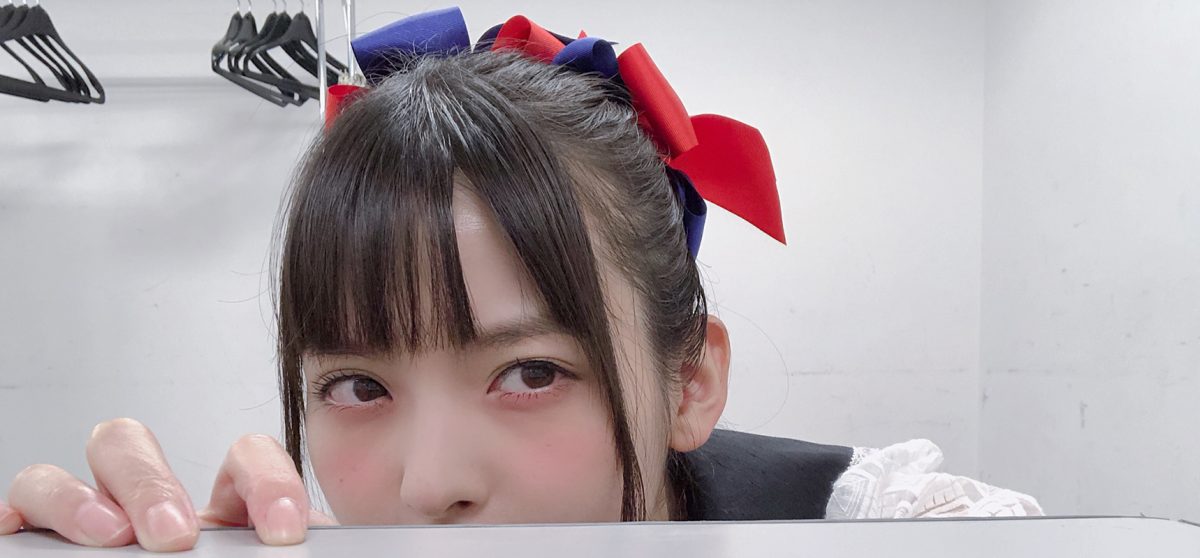Daaaaaamn, just how much time passed since my last post?! I’ve been a bit busy with kancolle university and I didn’t feel like writing here. However, today I’m in the right mood, so let’s read two more waka of Fujiwara no Teika.
Poem n.363 from the Shinkokinwakashū
見わたせば花も紅葉もなかりけり浦のとま屋のあきの夕ぐれ Miwataseba hana mo momiji mo nakarikeri ura no tomaya no aki no yuhugure
Traduzione italiana Guardandomi attorno non vi erano nè fiori di ciliegio nè foglie d’acero rosse Solo il tramonto fra le capanne della baia
English Translation Looking around me neither cherry blossoms nor red maple leaves are here only the sunset among the harbour’s huts
The word hana means flower or blossom, but in poetry it often means “cherry blossom”. Momiji is the Japanese maple tree, known for the beautiful red colour of the leaves during autumn. Just like cherry blossoms are the emblem of spring, red maple leaves are the emblem of autumn. Tomaya is a house made of reeds. Hut is probably the most appropriate translation. This poem is part of the sanseki no waka, the three most famous pieces of the Shinkokinwakashū that describes the autumn sunset.
Poem n.980 from the Shinkokinwakashū
そでにふけさぞなたびねの夢はみじ思ふかたよりかよふ裏かぜ Sode ni huke sazona tabine no yume ha miji omohu katayori kayou urakaze
Traduzione italiana Soffia sulle mie maniche il vento della baia che spira dalla persona a cui penso poiché sul giaciglio del mio viaggio non farò nemmeno dei sogni
English Translation Blows on my sleeves the sea breeze that comes from the person I think about on the bed of my journey I won’t even dream
That was hard to translate into English! And I didn’t even do a good job. Anyway, in this poem there’s a nice word-play: katayori has two meanings here, the first one is “from the person” and the second is “from the direction”. The sense here is “from the direction of the person”. This poem is kinda melancholic, isn’t it?Well, see you next time with more poetry and stuff. Arrivederci~
Source: Tollini, Aldo – La concezione poetica di Fujiwara no Teika

